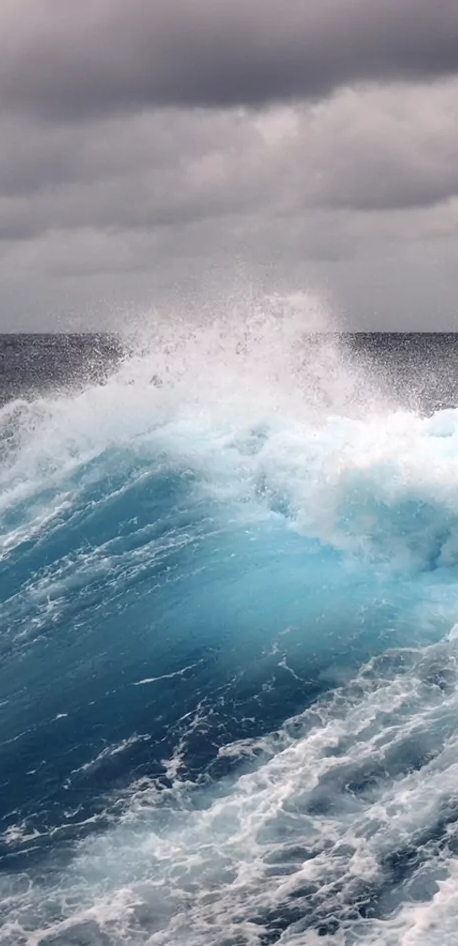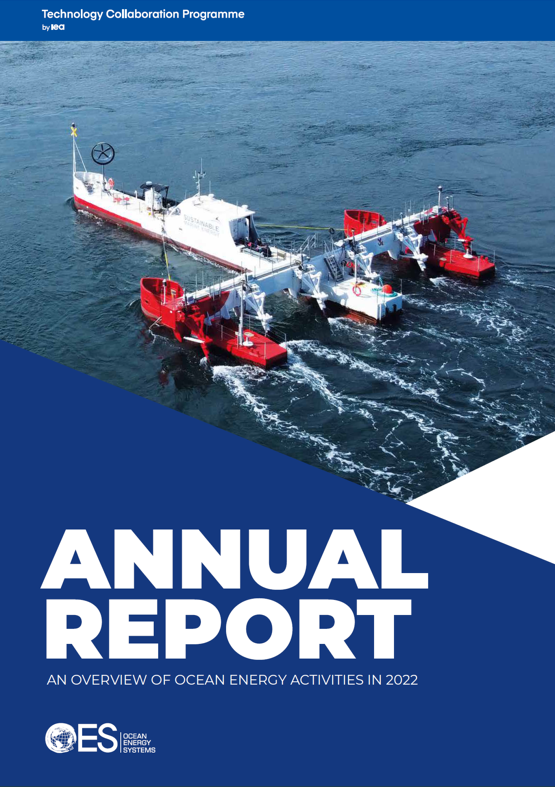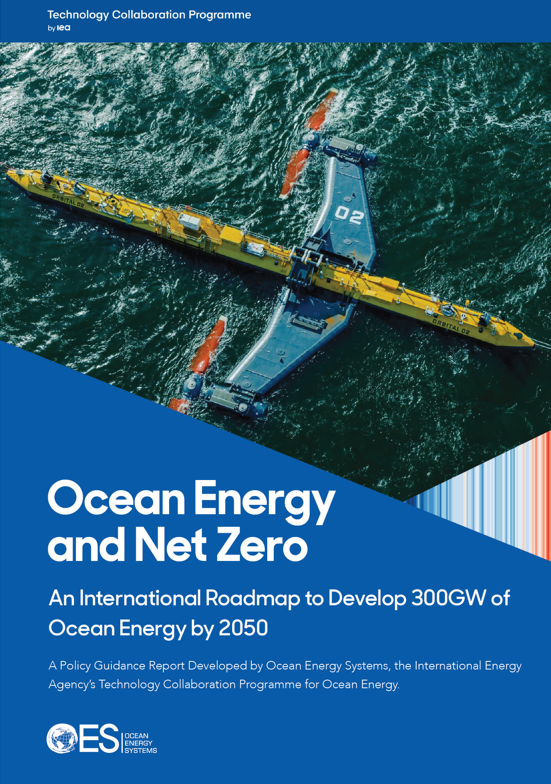More information

Ocean Energy Europe is the voice of the ocean energy sector in Europe and the largest network of ocean energy professionals in the world.

Ocean Energy Systems (OES) is the short name for the Technology Collaboration Programme on Ocean Energy Systems, an intergovernmental collaboration between countries, founded in 2001, which operates under a framework established by the International Energy Agency (IEA) in Paris.


